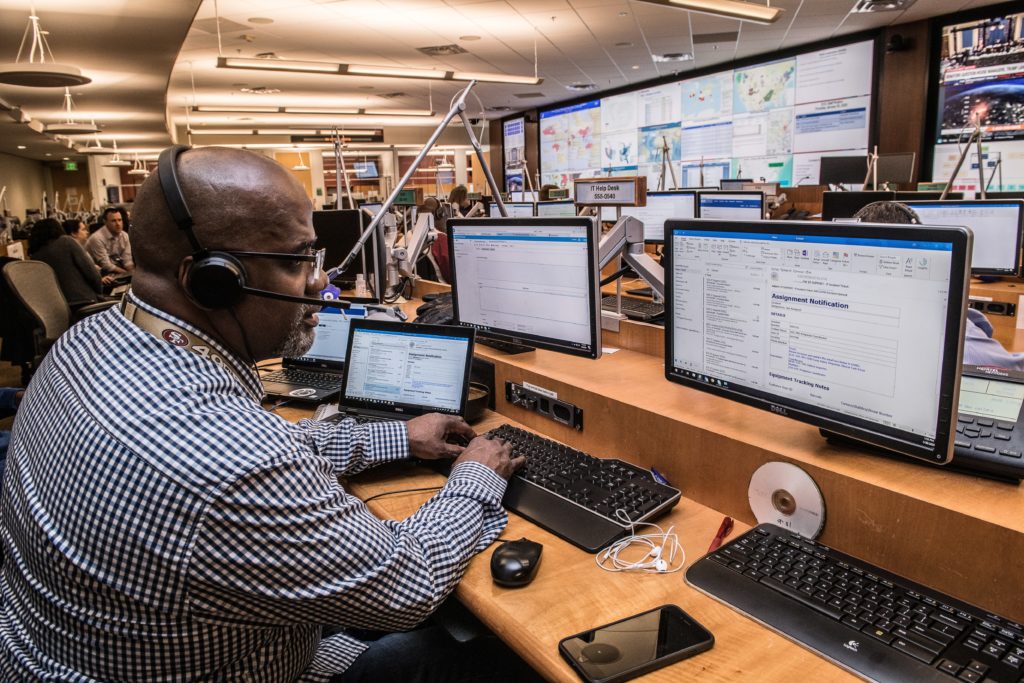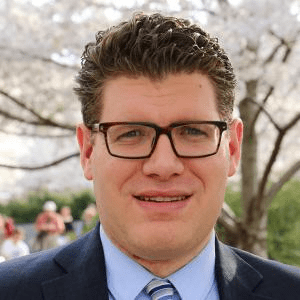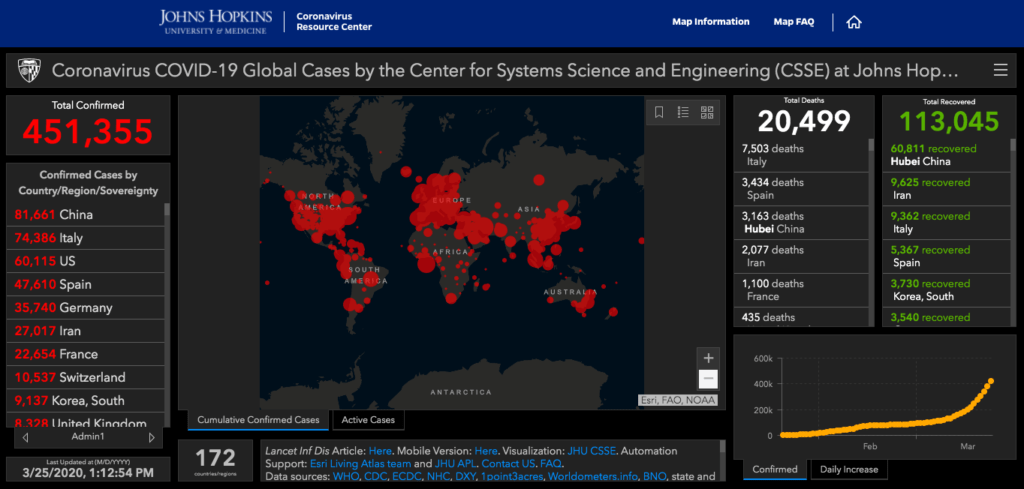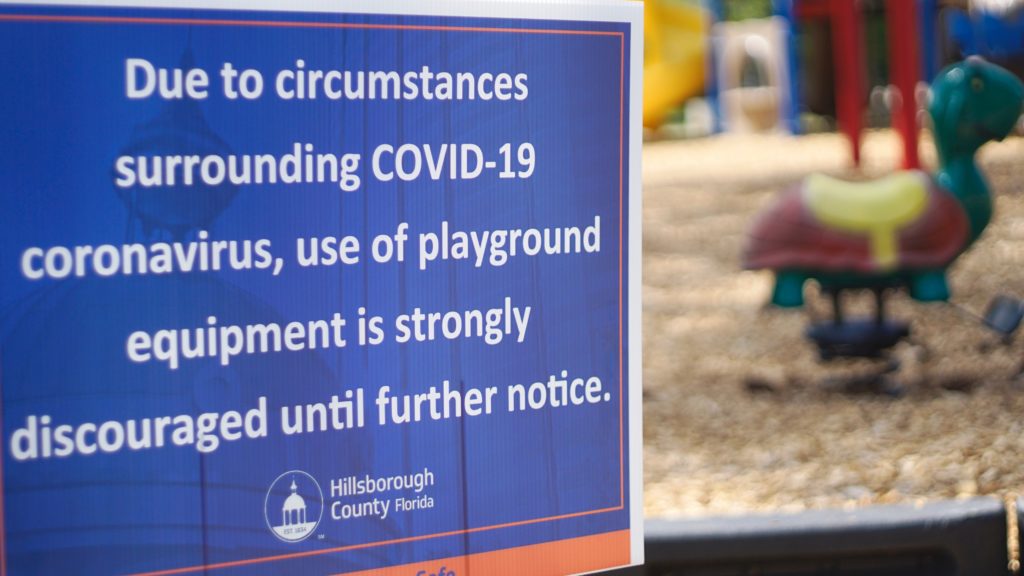Four Rules of Crisis Communication
EXPERT INSIGHTS ON THE COVID-19 CRISIS: PART 1

By Molly Loughman
This article is the first in a series, drawing expert insights from the Emerson community as humankind navigates the evolving challenges of the COVID-19 crisis:
The world has been holding its breath since waking up to a lethal new reality in 2020: the highly contagious outbreak of the 2019 Novel Coronavirus (COVID-19).
Understanding the magnitude of this unprecedented global health crisis has been one thing, but saving millions of lives from it has been another. And almost as infectious as the disease itself has been widespread misinformation around it, thus underscoring the public health need for clear, accurate, and reliable communication in a time of crisis.
“Crisis communication is such a hard thing to do because sometimes you think you’re doing the right thing, but you’re doing the wrong thing,” notes Assistant Professor of Communication Studies Vincent Raynauld. “And sometimes there’s a miscalculation of public perception when crafting the message — so you need to poll your audience and engage with them to understand where they’re coming from, what their perceptions are of the situation — and then you can respond accordingly.”

“The ultimate goal for everyone is to restore normalcy as quickly as possible. By fostering hope, you are building buy-in. People buy into the effort,” Raynauld added.
Crisis Communication in the Age of COVID-19
Arriving at Emerson in 2014 with a background in political communication, social media, and campaigning, Raynauld forged an expertise in crisis communication through both teaching and research.
Raynauld says that each crisis is unique and necessitates a unique response, but all share four key approaches for effective communications:
REDUCE UNCERTAINTY
“Crises are about uncertainty. In most cases, people are not fully aware of what’s happening because of sudden or unexpected events. The role of any crisis communication is to inject certainty into uncertain situations to educate members of the public and calm everything down. What you’re seeing right now with this crisis internationally and why you see stores having sales and running out of toilet paper is because people are quite uncertain about what’s happening. When people are uncertain, their emotions take over and they start acting in ways that are not necessarily based in fact. That’s why you see people stocking up on a bunch of essentials.
“As the crisis is unfolding and as the media coverage evolves, new areas of uncertainty will pop up and it’s quite important for crisis communication leadership to step in and address these things. Whenever there’s an area of uncertainty or unknown, people will fill this information void with emotion, or false information or information that will make them feel better. You need to fill the areas of uncertainty with credible and factual information to keep people calm.”

ESTABLISH CENTRALIZED AND TRUSTED COMMUNICATION LEADERSHIP
“Responding organizations—especially local, state and national government agencies—need to have centralized and trusted communication leadership. You need to have at least one or two people leading the communications efforts. Today in the media, we have so many different people talking about the crisis. We have little sense of a person or persons who are able to provide information and build rapport with the public.

Park closure sign at an playground in Florida following the COVID-19 outbreak in the US.
“Rapport is such an important part of crisis communication. It’s important for responding agencies to make sure that designated individuals are leading the effort of crisis communication and making sure they are building a rapport of confidence… someone who’s trusted by all parties. You don’t need polarization, you need action.”
CONTROL PUBLIC PERCEPTION
“There needs to be a good crisis communication structure where all the pertinent information is centralized and then shared with the public in a way that’s understandable and digestible in order to calm everyone down. Many people are really stressed and really anxious, so the goal in a crisis is to maintain some level of calm. People need to know and understand things that are affecting them directly and they need to know things that will calm them down. It’s important for people to receive information in bitesize format and also to make the information visual.
“The tone of communication needs to be very different. Every word should be carefully chosen and wherever possible reflect empathy because even though people seek a rational solution to the crisis, they also have emotional needs. Crisis communication is about fostering hope. If you can provide people with clear information, compassionate and trusted leadership, and hope, then people see a purpose to their sacrifice and that things are being taken care of.”
UTILIZE SOCIAL MEDIA PLATFORMS
“In the current crisis, the U.S. government has been very present on traditional media platforms, but it has not utilized social media as much as it could. Government agencies are now contributing information to Facebook’s COVID-19 Information Center, but that wasn’t launched until February 20. That should have happened faster because so many people now get their information through social media, and fewer people now subscribe to cable television. It’s important for the government to adapt and inform the public through channels that are used by the public.
“I think the best thing people can do right now is to be careful where they consume information and to identify credible sources. There’s so much information out there, and a good portion of it is problematic as it contains some misleading or untrue elements.”
Categories